Noiz Architects take on tatami, weaving a new path for the Japanese craft

Not long ago, tatami (thick mats made of a core of rice straw and a covering of woven soft-rush, called igusa) were the flooring material of choice for any room except the kitchen in a Japanese house. The soft mats are comfortable to walk, sit and even sleep on, adding a layer of insulation. They are also excellent at absorbing or releasing moisture, acting as natural (de)-humidifiers. Always rectangular in form, with a standard size of about 1x2m, they have defined the Japanese concept of space as a whole for centuries. Noiz Architects (founded in 2007 by Keisuke Toyoda and Jia-Shuan Tsai) are challenging all this with their usual flair, mixing hi-tech computer programming with real-life manufacturing.
Noiz approached tatami manufacturer Soshinsha after having seen an article about a new line of non-rectangular mats that the company had been developing. Noiz wanted to take this idea even further and proposed creating an online platform that would make it possible for anyone to order their own uniquely shaped mats based on designs from a Voronoi shape generator. From information on the shape and size of the room, and the number of mats desired, the website generates a series of Voronoi patterns that the user can choose from. You can even decide the angle of the weave before ordering these bespoke tatami mats through the website. The generator takes into consideration odd angles and sizes that even Soshinsha's skilled artisans would not be able to, so what you see is exactly what you get.
In the not too distant future, Noiz envisions that users will simply be ably to scan their rooms with a 3D scanner and upload this image to the generator, which would then produce a suggested layout of the tatami. Not having to rely on standard sizes and shapes, this might just be what is needed to turn the somewhat fading tradition of these rush-mats in a whole new direction.
If everything goes according to plan the generator should be online and ready to take orders by the end of the year.

The rectangular mats are traditionally made from a rice-straw core, which is then covered in woven rush grass called igusa

Noiz have teamed up with Soshinsha, manufacturers of tatami, after having seen an article about a new line of non-rectangular mats that the company had been developing

Noiz have developed a Voronoi shape generator, which will produce complex, customised configurations of mats of different shapes to fit every room
Receive our daily digest of inspiration, escapism and design stories from around the world direct to your inbox.
Originally from Denmark, Jens H. Jensen has been calling Japan his home for almost two decades. Since 2014 he has worked with Wallpaper* as the Japan Editor. His main interests are architecture, crafts and design. Besides writing and editing, he consults numerous business in Japan and beyond and designs and build retail, residential and moving (read: vans) interiors.
-
 Patricia Urquiola reveals an imaginative inner world in ‘Meta-Morphosa’
Patricia Urquiola reveals an imaginative inner world in ‘Meta-Morphosa’From hybrid creatures and marine motifs to experimental materials and textiles, Meta-Morphosa presents a concentrated view of Patricia Urquiola’s recent work
-
 A hot pink carousel just touched down in the Swiss Alps, thanks to Carsten Höller
A hot pink carousel just touched down in the Swiss Alps, thanks to Carsten HöllerAt Kulm Hotel St. Moritz, the artist transformed a familiar childhood carousel into a meditation on time and being
-
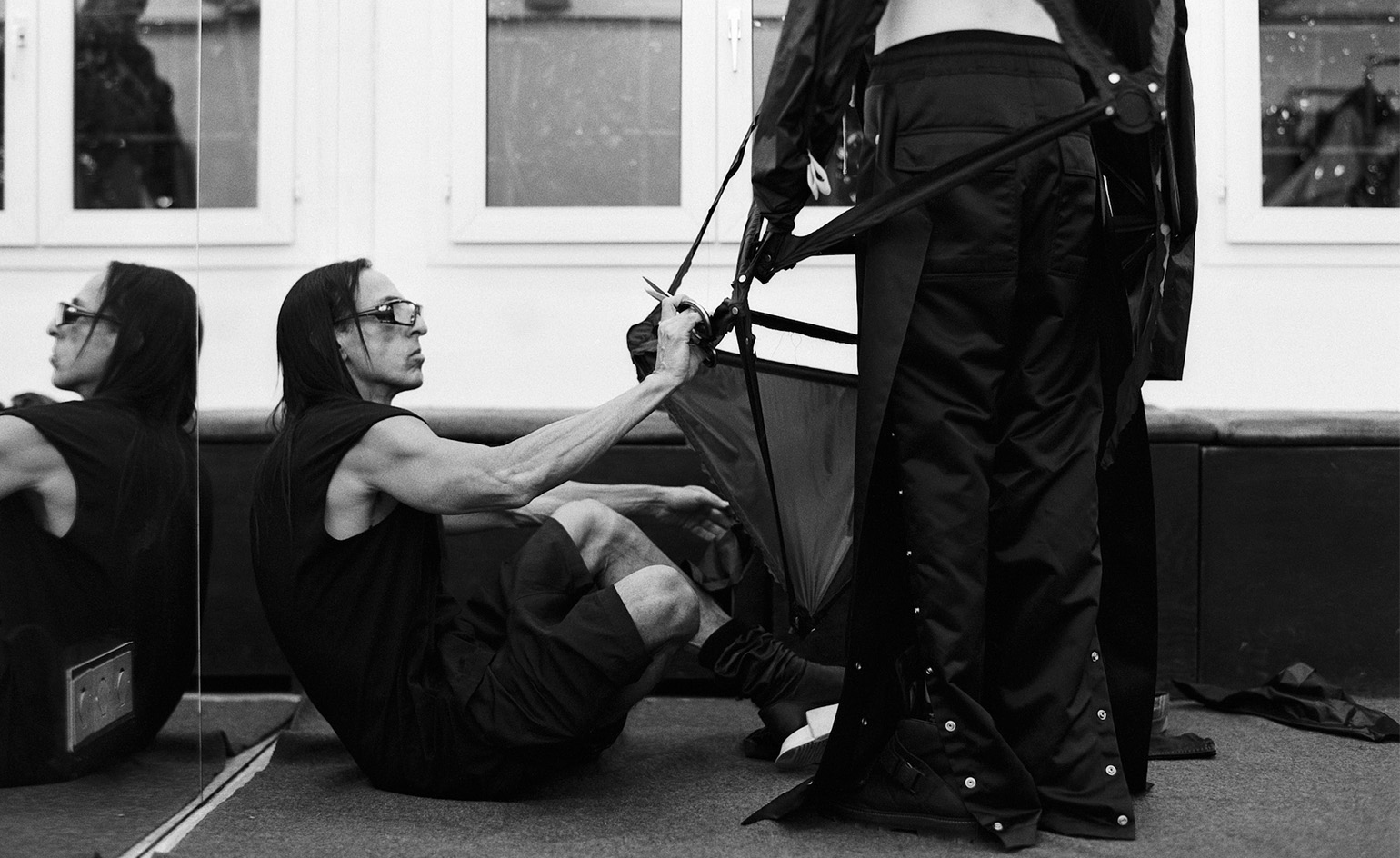 These illuminating interviews tell the story of 2025 in style, from Rick Owens to runway magic
These illuminating interviews tell the story of 2025 in style, from Rick Owens to runway magicExploring themes of creativity, resilience and facing fashion’s future, a series of intriguing conversations from the style pages of Wallpaper* in 2025
-
 Japanese designer Shinichiro Ogata's latest venture is a modern riff on the traditions of his home country
Japanese designer Shinichiro Ogata's latest venture is a modern riff on the traditions of his home countryAs he launches Saboe, a series of new tearooms and shops across Japan, we delve into Shinichiro Ogata's creative vision, mirrored throughout the spaces and objects, rituals and moments of his projects
-
 2025 Loewe Foundation Craft Prize winner announced as Kunimasa Aoki
2025 Loewe Foundation Craft Prize winner announced as Kunimasa AokiThe Japanese sculptor describes his work as ‘50 per cent tradition and 50 per cent innovation’
-
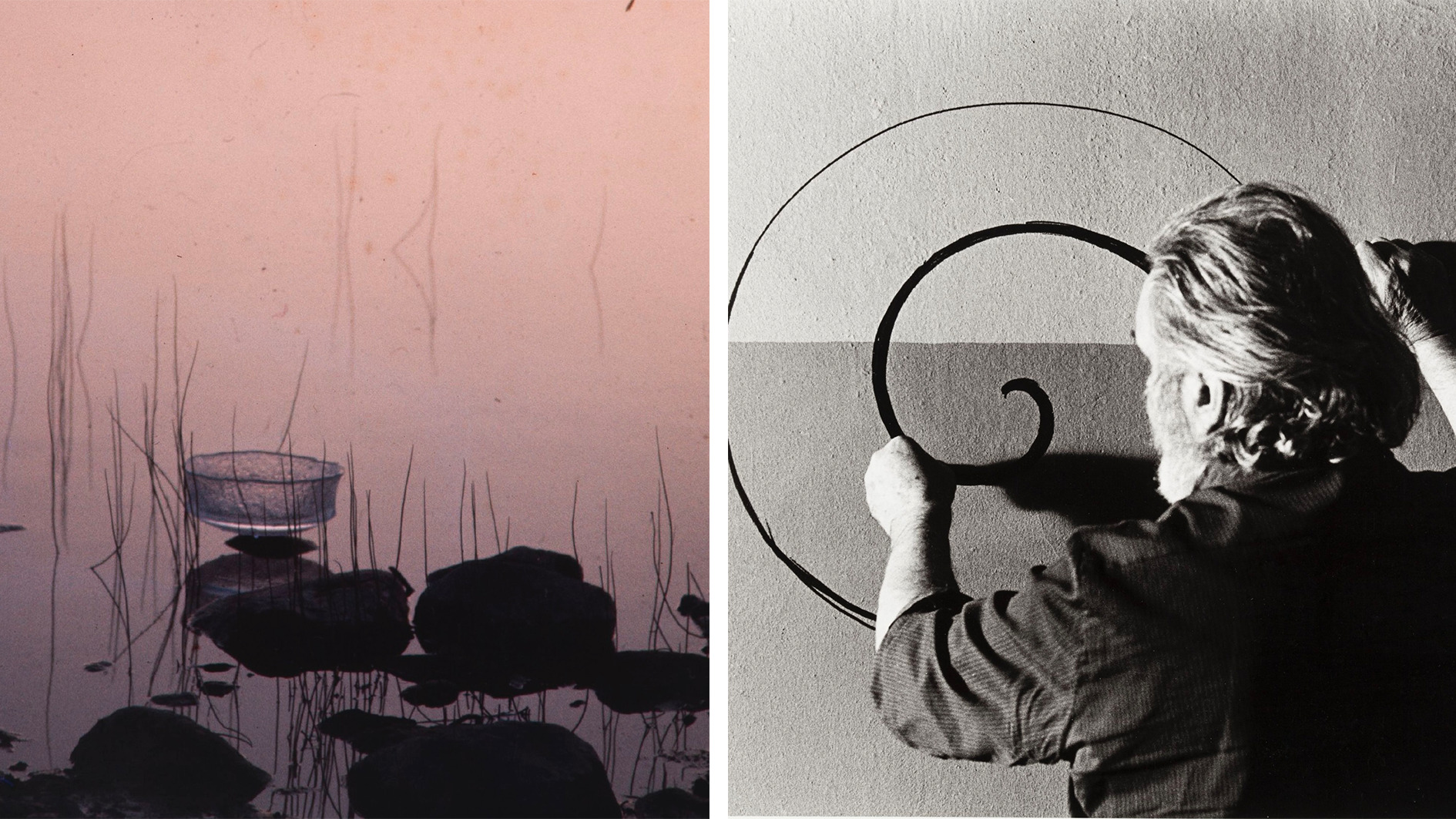 Inside the world of Tapio Wirkkala, the designer who created masterpieces in remotest Lapland
Inside the world of Tapio Wirkkala, the designer who created masterpieces in remotest LaplandThe Finnish artist set up shop in an Arctic outpost without electricity or running water; the work that he created there is now on display at a retrospective in Japan
-
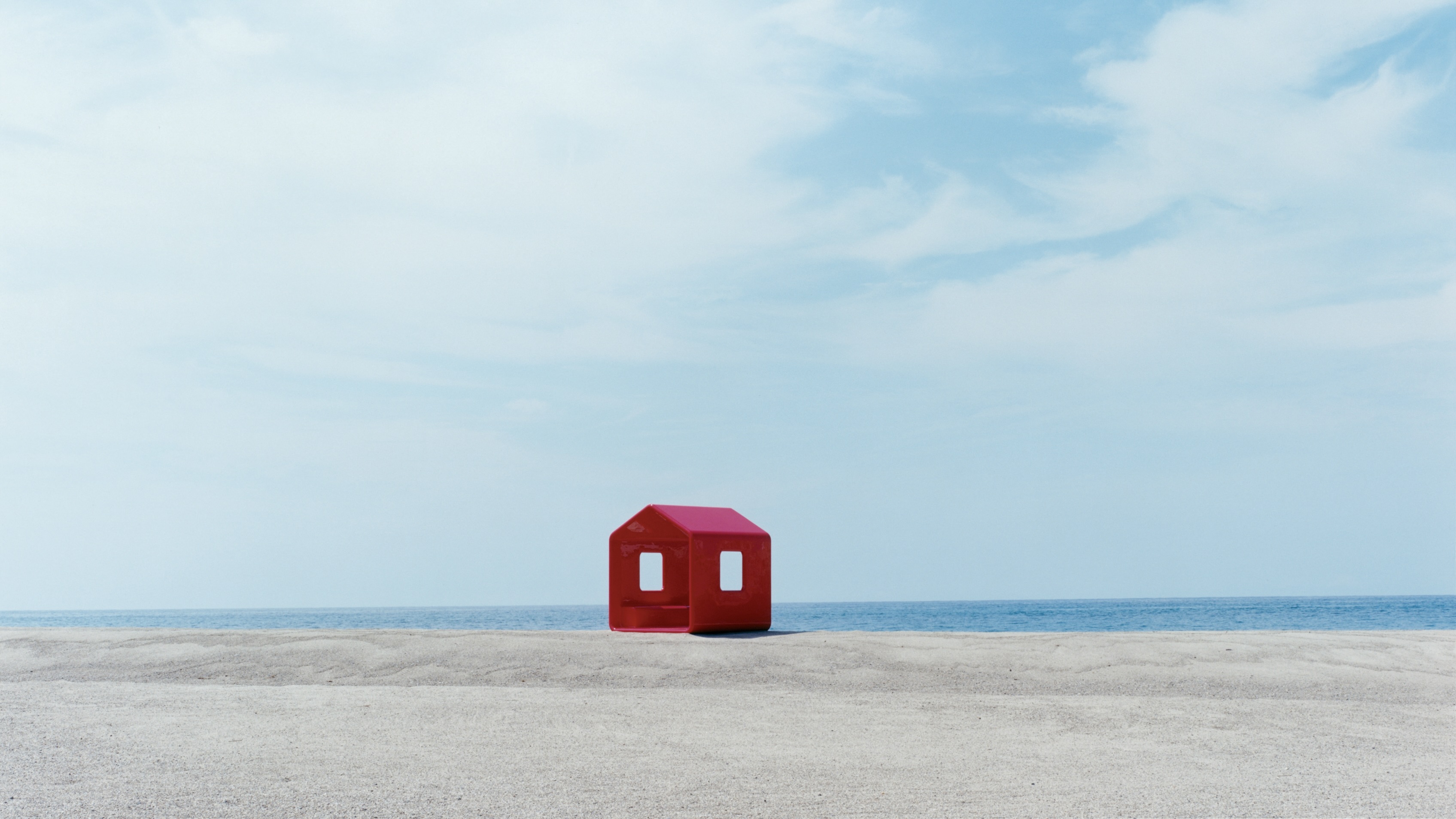 Naoto Fukasawa sparks children’s imaginations with play sculptures
Naoto Fukasawa sparks children’s imaginations with play sculpturesThe Japanese designer creates an intuitive series of bold play sculptures, designed to spark children’s desire to play without thinking
-
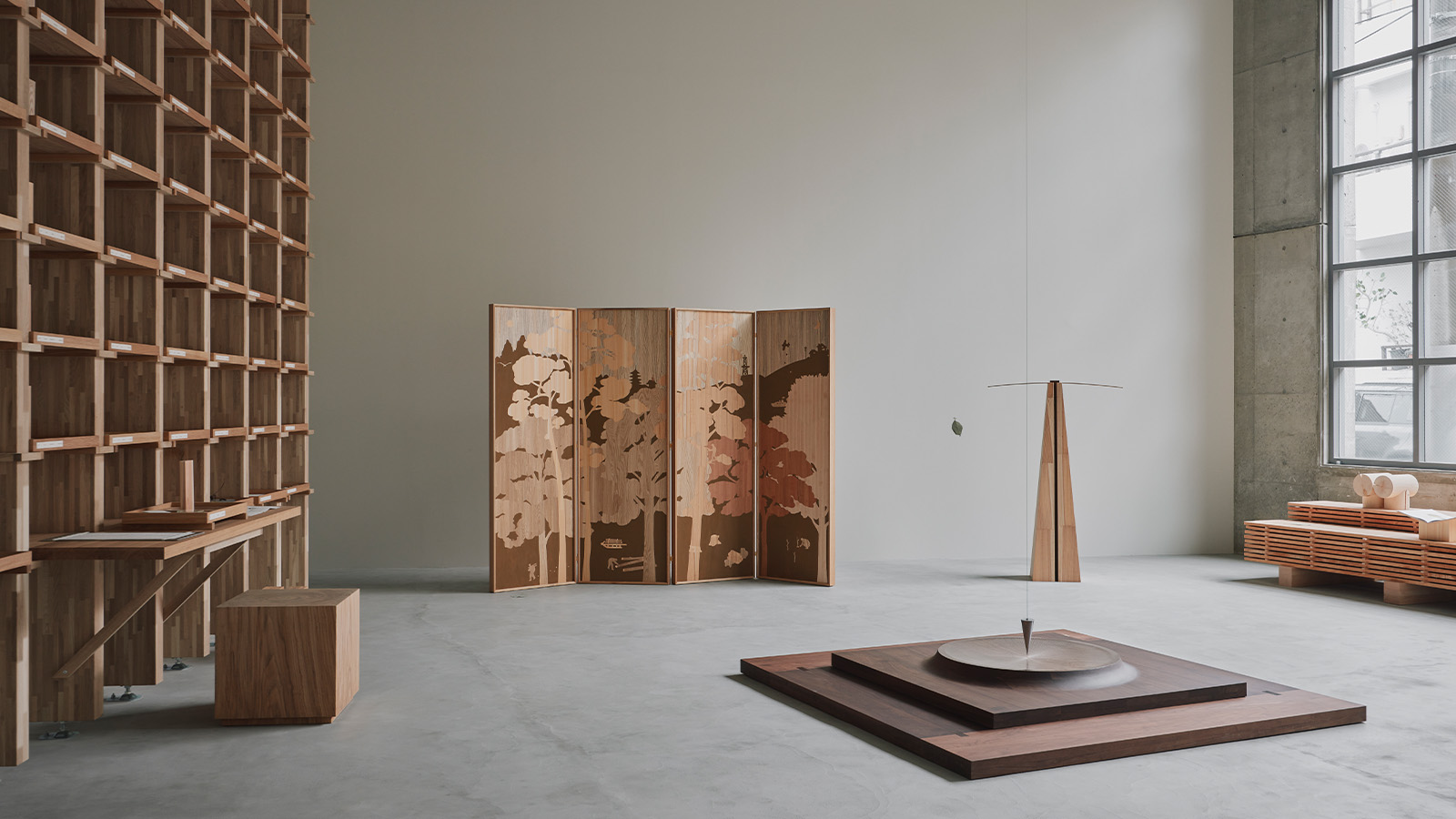 Time, beauty, history – all are written into trees in Karimoku Research Center's debut Tokyo exhibition
Time, beauty, history – all are written into trees in Karimoku Research Center's debut Tokyo exhibitionThe layered world of forests – and their evolving relationship with humans – is excavated and reimagined in 'The Age of Wood', a Tokyo exhibition at Karimoku Research Center
-
 Minimal curves and skilled lines are the focal point of Kengo Kuma's Christmas trees
Minimal curves and skilled lines are the focal point of Kengo Kuma's Christmas treesKengo Kuma unveiled his two Christmas trees, each carefully designed to harmonise with their settings in two hotels he also designed: The Tokyo Edition, Toranomon and The Tokyo Edition, Ginza
-
 Claesson Koivisto Rune on 30 years of their often Japan-inspired designs, charted in a new book
Claesson Koivisto Rune on 30 years of their often Japan-inspired designs, charted in a new book‘Claesson Koivisto Rune: In Transit’ is a ‘round-the-world journey’ into the Swedish studio's projects. Here, the founders tell Wallpaper* about their fascination with Japan, and the concept of aimai
-
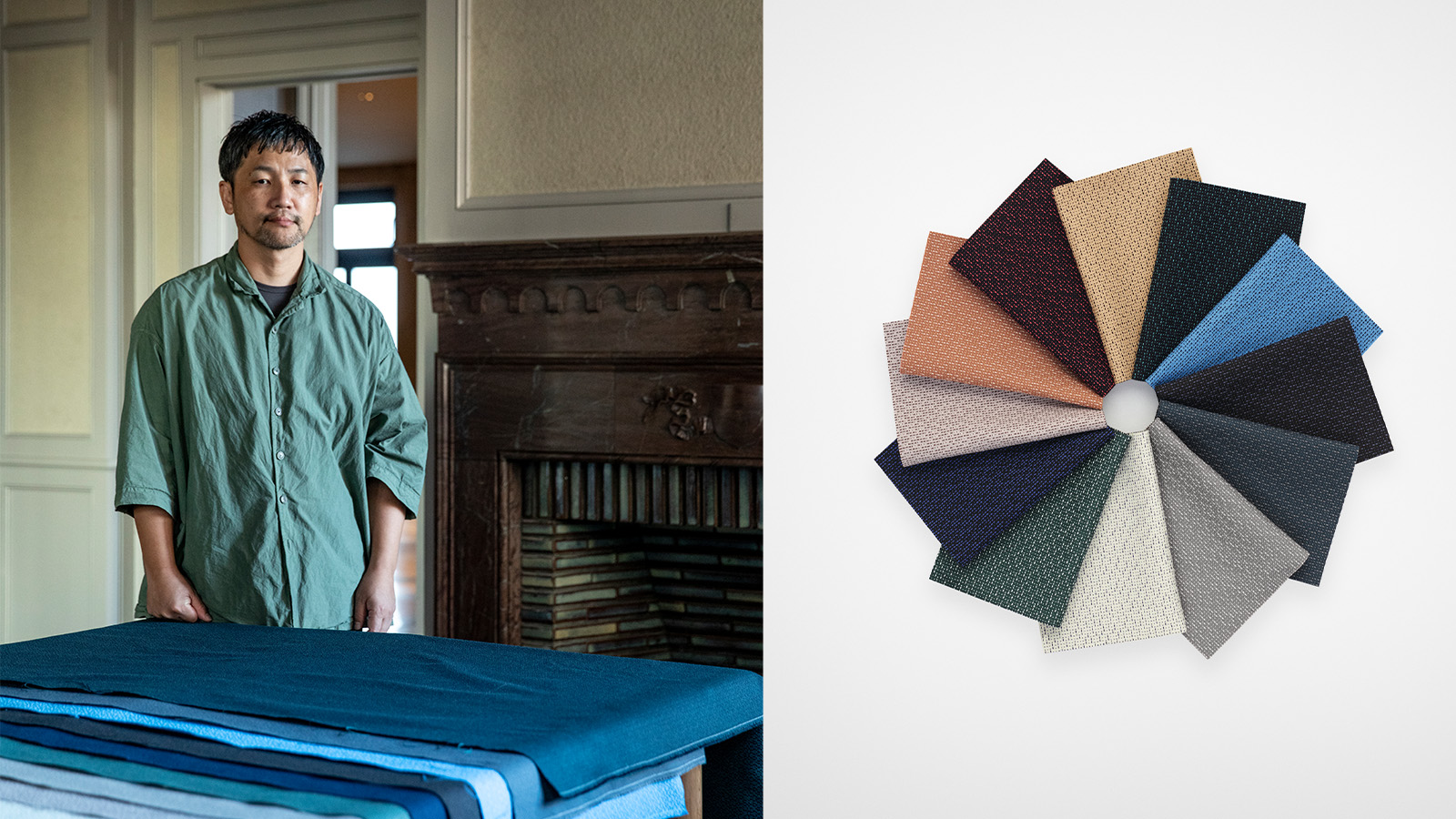 Teruhiro Yanagihara's new textile for Kvadrat boasts a rhythmic design reimagining Japanese handsewing techniques
Teruhiro Yanagihara's new textile for Kvadrat boasts a rhythmic design reimagining Japanese handsewing techniques‘Ame’ designed by Teruhiro Yanagihara for Danish brand Kvadrat is its first ‘textile-to-textile’ product, made entirely of polyester recycled from fabric waste. The Japanese designer tells us more